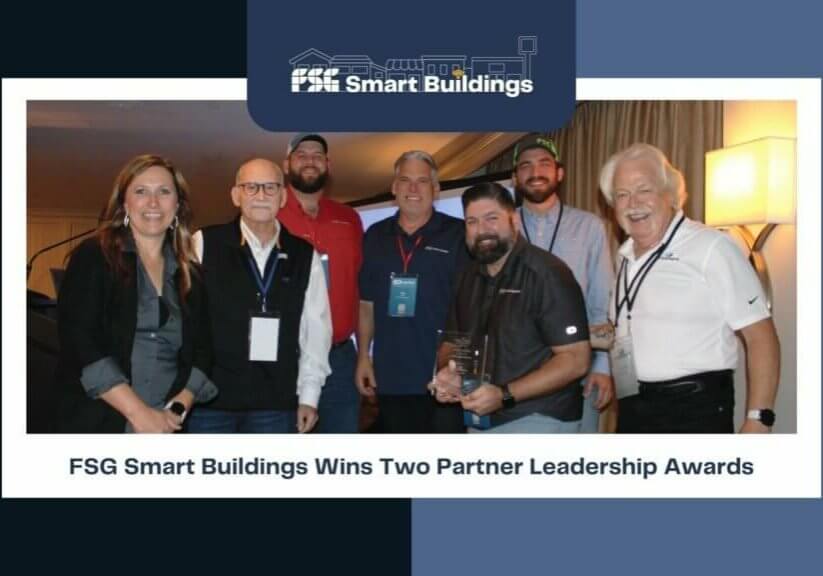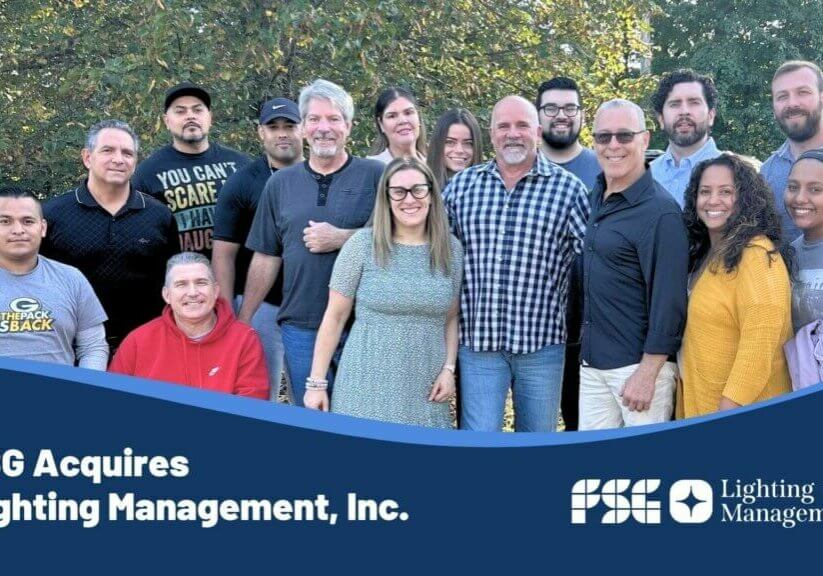Over the past few decades, Power over Ethernet (PoE) technologies have emerged as an efficient solution to the challenge of powering network appliances over low-voltage structured cabling. PoE enables both data and energy to flow through the cabling, increasing efficiency, safety, and flexibility. More and more contractors are now integrating this valuable new technology into their work.
PoE is not a new technology by any means. Anyone familiar with switching and routing has seen and used PoE network appliances. What is emerging in the industry is the types of appliances that are being powered through PoE. From light fixtures to television displays, appliances and fixtures that were typically required “big” wire, are now coming off the production lines needing less and less electricity to do their jobs. Add to that the rise of the Internet of Things movement and the fact that almost every electrical device being produced today has, or will have in the very near future, the ability to be connected to a network, and you can quickly see how PoE can become the preferred choice when given one.
The question then becomes, if we need less electricity to light our buildings and watch TV will the electrical trade be hurt? The answer is no—if the electrical trade is willing to adapt. PoE is not an elimination of traditional high voltage power. PoE is simply a different way to distribute high voltage in smaller increments to more devices. High voltage comes into the building in the traditional manner, is stepped down to a PoE transformer, switch, or router which then steps that voltage down to the manageable loads that will be carried out to PoE compliant devices via category wiring. Where the lines start to get blurred for the electrical trade is in that transition from high voltage to low voltage at the PoE transformer appliance. The electrical contractors that will thrive in the future will be the ones that can successfully bridge that gap between high voltage and low voltage. The contractors that can build the teams that can take it from 480 volts to 12 volts will be the ones that not only carry the trade into the next generation.
For FSG preparing for bridging this voltage gap has been a key strategy in the long term sustainability of the company.
Having access to a focused team in both structured cabling as well as the traditional electrical trade makes FSG stronger and allows FSG to serve not only customers, but also the next generation of electricians.
To learn more about how FSG can take 480 volts down to 12 volts, contact us today at www.fsgi.com.



















